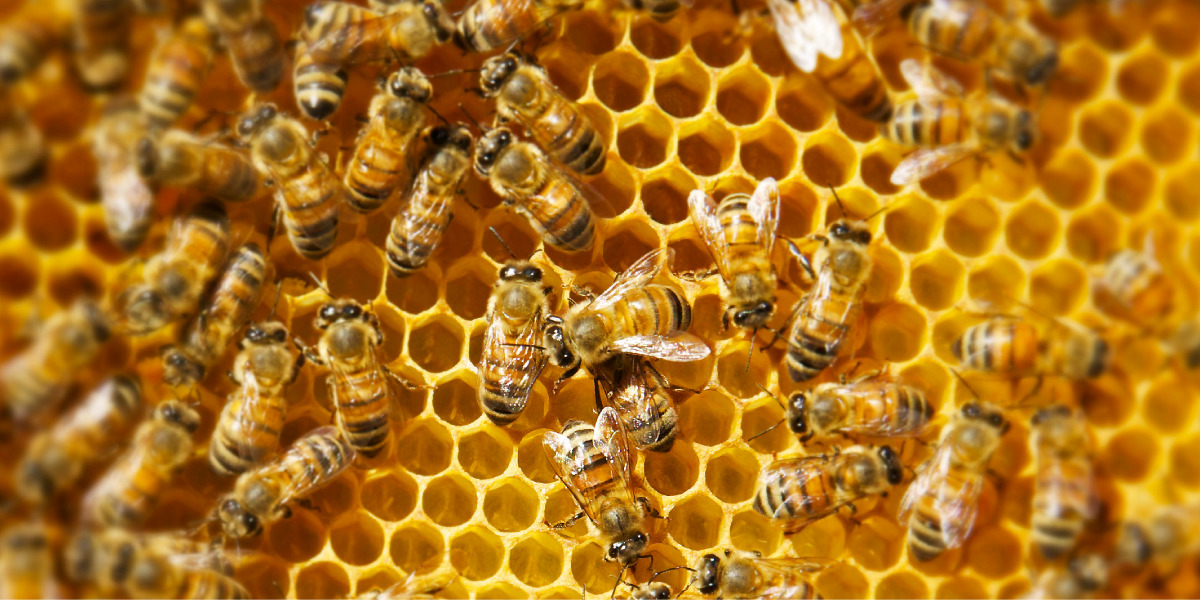
HoneyBees construct their honeycombs with wax
secreted from glands found on the underside of their abdomen. The honeycomb is
regarded as an engineering marvel. Why?
For centuries, mathematicians suspected
that partitions in the shape of hexagons were better than equilateral triangles
or squares—or any other shape—for maximizing space with the
least amount of building material. But they could not fully explain why. In
1999, Professor Thomas C. Hales provided mathematical proof for the
advantage of what he termed “honeycomb conjecture.” He demonstrated that
regular hexagons are the best way to divide a space into equal parts with
minimal structural support.
By
using hexagonal cells, bees can make the best use of all the space available to
them, produce a light but sturdy honeycomb with a minimum amount of wax, and
store the maximum amount of honey in a given space. Not surprisingly, the
honeycomb has been described as “an architectural masterpiece.”
Today,
scientists mimic the bees’ honeycomb to create structures that are both
resilient and space efficient. Aircraft engineers, for example, use panels
patterned after the honeycomb to build planes that are stronger and lighter and
thus use less fuel.